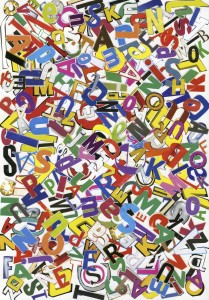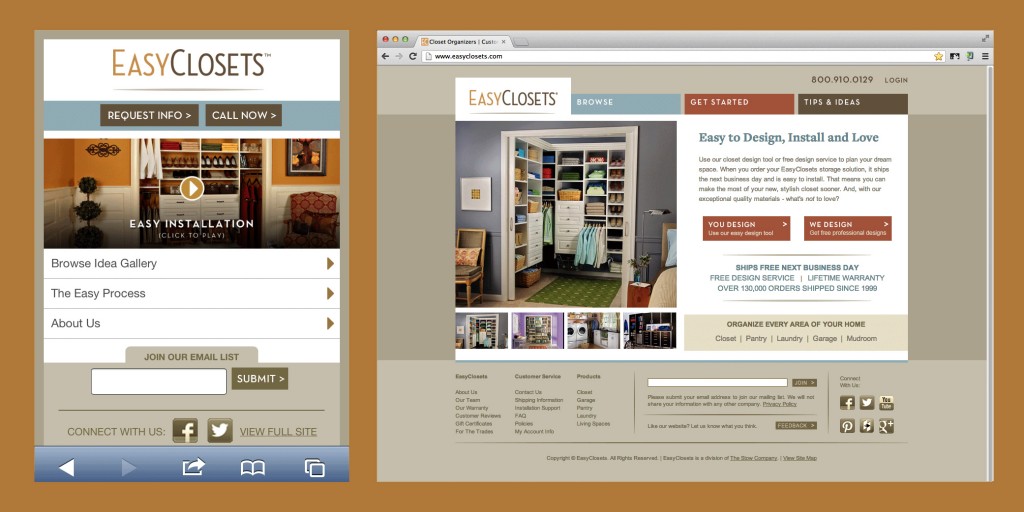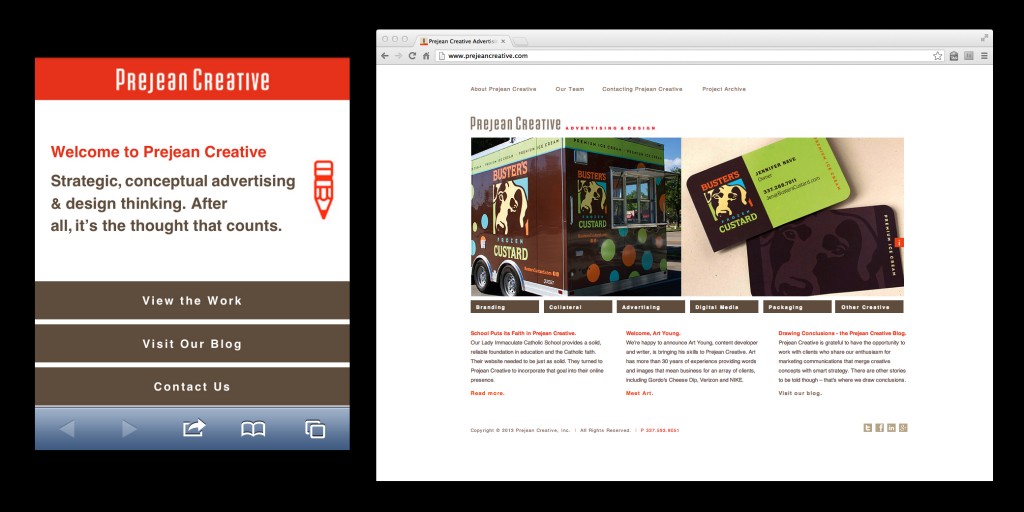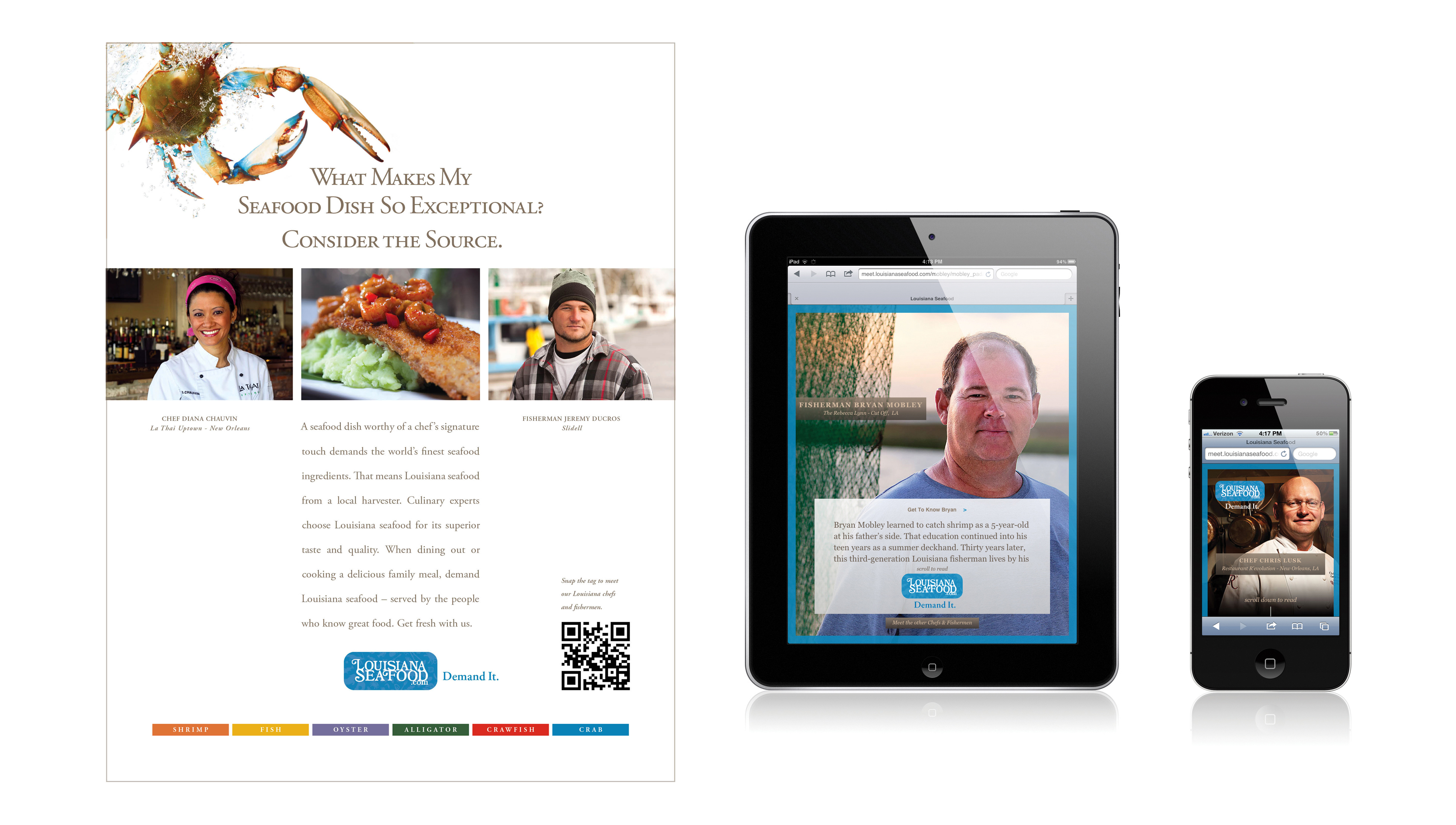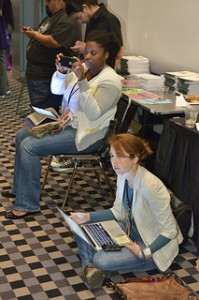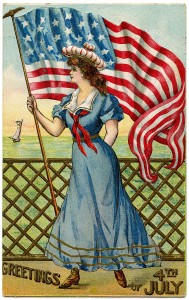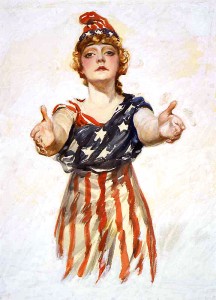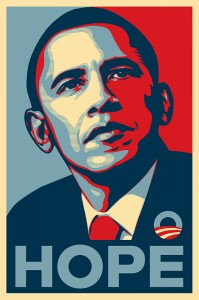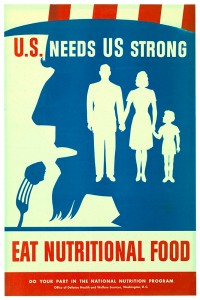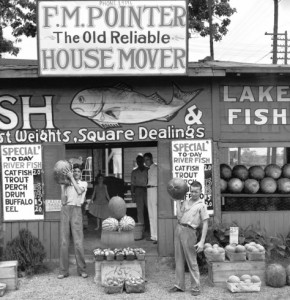So, a young guy walks into a car dealership and picks up a sales brochure for a luxury vehicle. Stop me if you’ve heard this one. At the same time, a young mother of two is sitting in the waiting area of the dealership, reading another copy of the same brochure.
This brochure is carefully designed to extoll the benefits of this expensive car. It has breathtaking photographs (in glorious colors) of the Corinthian leather seats, state-of-the-art sound system and high tech dashboard. Most pages of this brochure have descriptive copy, tastefully surrounded by copious amounts of white space, except for the final two pages which have extensive technical information about the features of the vehicle. The suggested retail price, printed in red, is found on the third panel of the brochure.
Question: If you’re a salesman for the dealership and have seen how prospects react to this sale brochure, which person do you think has a greater possibility of turning into a nice, big sales commission for you? Read on and you’ll find out.
A recent study on the different effect color has on men and women was conducted by the University of Oxford Said Business School and the results should be enlightening to any consumer products company. The study, entitled “Are Men Seduced by Red? The Effect of Red Versus Black Prices on Price Perceptions,” shows men tend to look at colors in advertisements to determine their worth, whereas women tend to read the print.
The findings, published a few weeks ago, imply that men would rather not spend the time to look more closely at the content. The researchers also noted that men more often associate the color red with pleasure. Women, on the other hand were not affected by the color of the printed price. Hmmmmm.
This might explain why other studies on marketing to women note that females control more than $7 trillion (yes, trillion, with a T) in domestic spending and purchase decisions for 85 percent of the major product categories. This research strongly suggests that “men rely on color as an indication of value and tend not to take the time to process advertisements, instead quickly looking for clues that can be use as shortcuts to make decisions.”
At the risk of stating the obvious, men and women are as different as Venus and Mars when it comes to their perceptions of marketing messages. However, are the perceptions which are based on color the only differentiator?
Viva la Difference!
As it turns out, reaction to color in ads is not the only way guys and gals differ. Research from the Nielsen NeuroFocus study noted that there are significant differences between the genders when it comes to how they think, react, shop and watch.
The report noted, “While male and female brains may look alike on the outside, there are differences within them that are directly correlated with how men and women process information, express this information, express emotion, interact with others and approach daily routines.” According to the marketing experts at Nielsen, it appears that women’s brains are hardwired for big-picture thinking, multitasking, “gut” reasoning, social and verbal skills and worry/empathy. Conversely, the brains of guys are preconditioned for concrete thinking, goal oriented tasks, logical solutions and competition/defense.
In no small way, Darwin’s theories on evolution and the survival of the fittest, predicted this mess we marketing people find ourselves. Like the cavemen that they were/are, men are goal-oriented shoppers – on a mission – to go out and hunt down that golf shirt and drag it back to the cave, uh closet.
Women, on the other hand, will take their time, shop around and look for good deals. You’ve probably heard a woman say something like “Oh, I don’t know what I’m looking for, but when I find it, I’ll buy it.” This kind of thinking, which, over time, leads to better deals, drives men nuts!
So, what does this mean to companies who sell products to both men and women? At Prejean Creative, we help our clients navigate the treacherous waters of advertising messaging and design. We’ve learned many lessons, both from marketing research and hard-earned, anecdotal experience, and these lessons inform the recommendations we make. While we don’t necessarily agree with all of these findings – considerations such as branding objectives and budget will trump many gender assumptions – it’s fun to think about the implications of this research.
There are other creative considerations which are based on the media being employed in the campaign and messaging. For example, many if not most buying decisions are now driven by online messaging. Testing the colors, layout format and messaging in the context of an online environment before the campaign is launched has become an important consideration. A recent Forester Research study noted 47 percent of retailers participating in the survey said testing of site layout has become one of the top five merchandising priorities for online businesses and ads.
Where the Paths of Venus and Mars Cross
Are men seduced by red? Do women dig into the details? If this research is to be believed the answers seem to be yes and yes. However, this may be an opportunity rather than a problem.
With the move toward personalized marketing made possible by the overwhelming proliferation of mobile devices and social networks, it’s now possible and even advisable to create gender-specific messages for products that are purchased by both men and women. We’re here to help you with seizing this opportunity. If you’re a man, Call Us Now! And, if you’re a woman, we have a logical approach to advertising that will deliver value and an exemplary return on your investment.
(Hey, just think of that previous sentence as a little more marketing research!)


